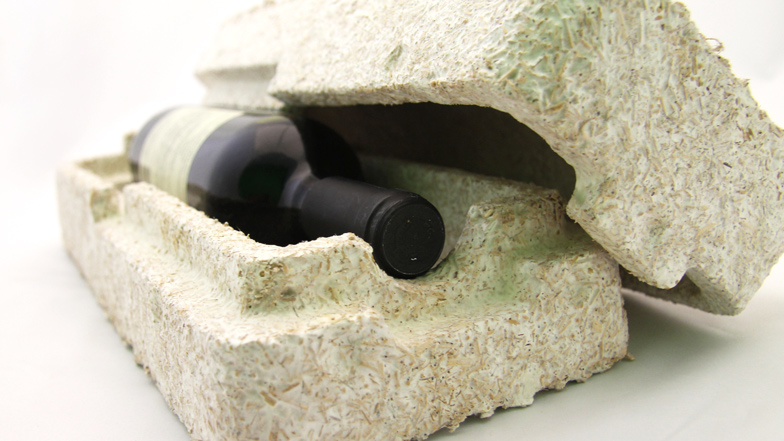From mushroom materials to pineapple pleather.
Plastic is slowly but surely killing our planet. An estimated 8.3 billion tonnes of plastic has been produced, used and discarded since its introduction in the early 1950, with an astonishing 60% of that ending up in landfills or natural environment and a meagre 9% being recycled, according to the UN Environment.
Thankfully many corporations are seeking more sustainable and environmentally friendly alternatives to keep plastics from further disrupting ecosystems and endangering wildlife.
Here are 5 the UN Environment itself is most hopeful about.
Fungal foam
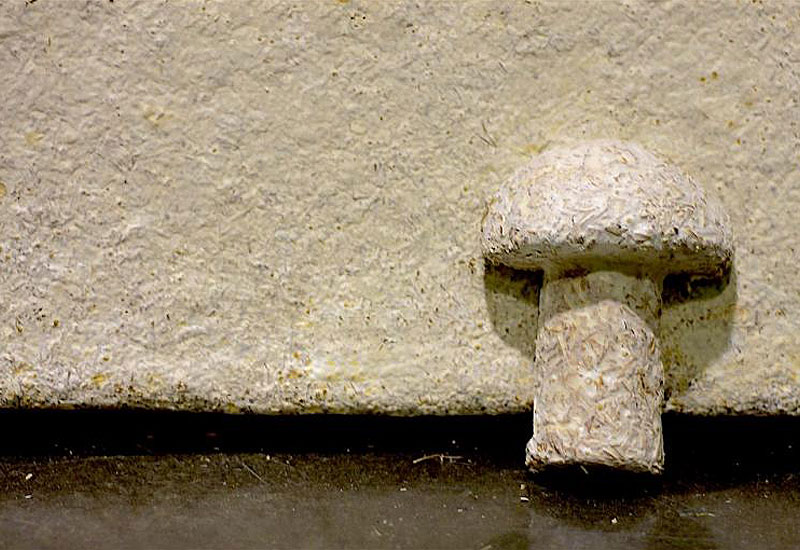 Ecovative has come up with Mycofoam, an alternative to expanded polystyrene created from agricultural waste mixed with live mycelium fungus, a species of mushroom. The waste is placed into packaging moulds of various kinds (shopping, food or electronics) and with the help of the fungus, “grows” into the final shape that will then be dried and used as a stable packing material. It is strong, impact resistant, renewable and most importantly, biodegrades easily in nature. Dell Computers is among the first to incorporate Mycofoam in their production line and has since become 94% waste free. W ecovativedesign.com
Ecovative has come up with Mycofoam, an alternative to expanded polystyrene created from agricultural waste mixed with live mycelium fungus, a species of mushroom. The waste is placed into packaging moulds of various kinds (shopping, food or electronics) and with the help of the fungus, “grows” into the final shape that will then be dried and used as a stable packing material. It is strong, impact resistant, renewable and most importantly, biodegrades easily in nature. Dell Computers is among the first to incorporate Mycofoam in their production line and has since become 94% waste free. W ecovativedesign.com
Milk textiles
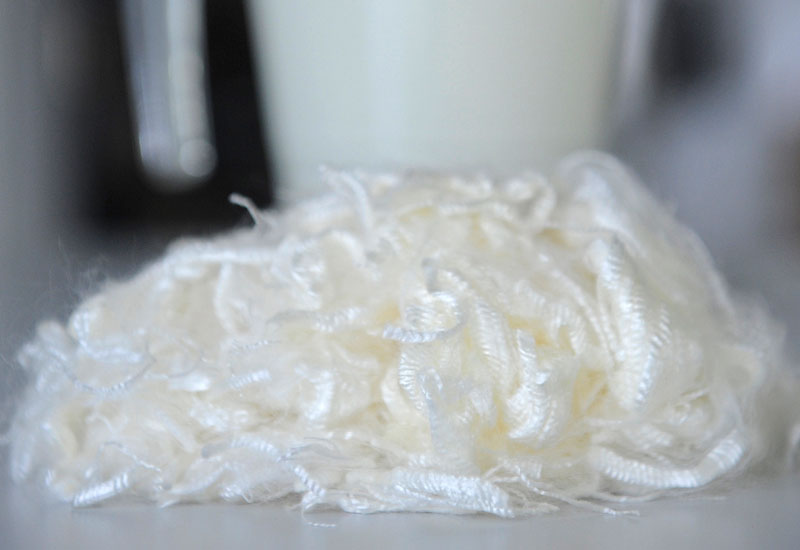 Plastic used to be made of milk in the early 20th century, from the casein protein found in it, until petroleum-based plastic proved more cost-effective. Qmilk seeks to sway producers, particularly the producers of textiles, back to milk through a modified form of the milk casein technique, using excess milk that otherwise would just have been tossed out. Its method of casein plastic production uses significantly less chemicals and produces a durable biopolymer that’s ideal for the garment industry. W qmilkfibre.eu
Plastic used to be made of milk in the early 20th century, from the casein protein found in it, until petroleum-based plastic proved more cost-effective. Qmilk seeks to sway producers, particularly the producers of textiles, back to milk through a modified form of the milk casein technique, using excess milk that otherwise would just have been tossed out. Its method of casein plastic production uses significantly less chemicals and produces a durable biopolymer that’s ideal for the garment industry. W qmilkfibre.eu
Pineapple pleather
 As much as genuine leather is deemed by some as cruel and unenvironmentally-friendly, artificial leather is equally harmful to the people who produce it as well as the environment due to the chemicals required to emulate the texture of the leather. Enter Pinatex, Ananas Anam’s solution for a kinder and more durable alternative leather made from pineapple leaves. Leftover leaves from farms are collected and extracted of its fibres. These fibres make the perfect mesh for artificial leather that’s strong, sustainable biodegradable for making shoes, bags and furnishings, while producing job opportunities for farmers and harvesters. W ananas-anam.com
As much as genuine leather is deemed by some as cruel and unenvironmentally-friendly, artificial leather is equally harmful to the people who produce it as well as the environment due to the chemicals required to emulate the texture of the leather. Enter Pinatex, Ananas Anam’s solution for a kinder and more durable alternative leather made from pineapple leaves. Leftover leaves from farms are collected and extracted of its fibres. These fibres make the perfect mesh for artificial leather that’s strong, sustainable biodegradable for making shoes, bags and furnishings, while producing job opportunities for farmers and harvesters. W ananas-anam.com
Edible spoon
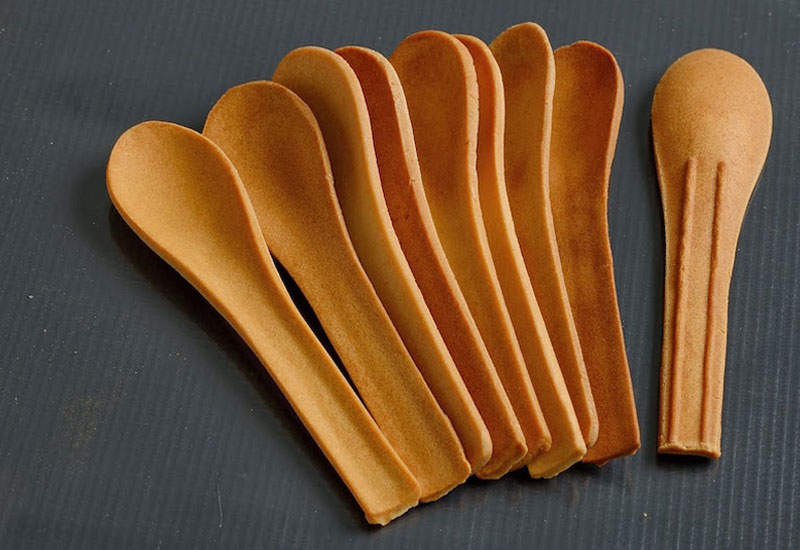 Indian company Bakeys figures why just eat with your cutlery when you can eat them too at the end of the meal and leave no waste? They created spoons from sorghum flour, a crop found in abundance in South Asia, Africa and Central America. These cutlery aren’t just durable, they are tasty to eat with 3 flavours – plain, sweet and savoury. They are currently available only in India, but we may soon be able to get our hands on them as the company plans on increasing production and pit it head to head with plastic spoons. W bakeys.com
Indian company Bakeys figures why just eat with your cutlery when you can eat them too at the end of the meal and leave no waste? They created spoons from sorghum flour, a crop found in abundance in South Asia, Africa and Central America. These cutlery aren’t just durable, they are tasty to eat with 3 flavours – plain, sweet and savoury. They are currently available only in India, but we may soon be able to get our hands on them as the company plans on increasing production and pit it head to head with plastic spoons. W bakeys.com
Plates and bowls made from leaves
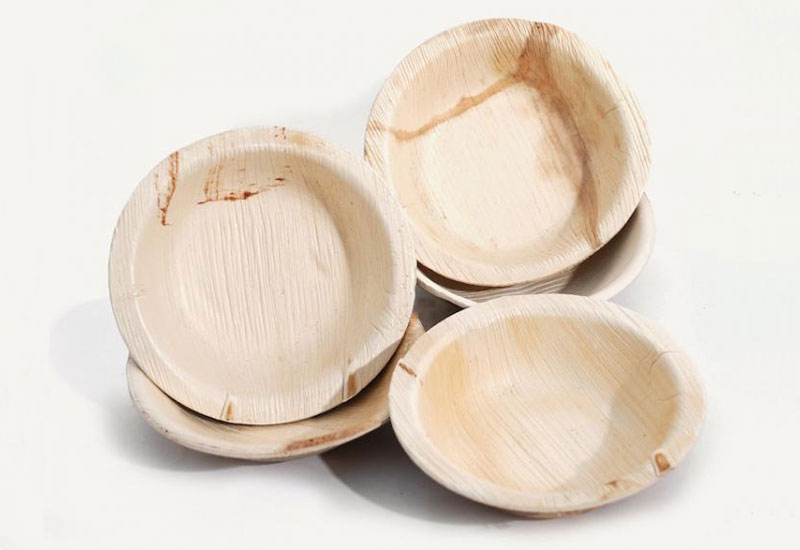 Eating off leaves is nothing new to us as a nation where nasi lemak bungkus and banana leaf rice are aplenty, but Leaf Republic is taking things one step further by making disposable plates and bowls out of said leaves. Leaves are stitched together, pressed and then dried for plates and bowls that can withstand even hot soup and curries. W leaf-republic.com
Eating off leaves is nothing new to us as a nation where nasi lemak bungkus and banana leaf rice are aplenty, but Leaf Republic is taking things one step further by making disposable plates and bowls out of said leaves. Leaves are stitched together, pressed and then dried for plates and bowls that can withstand even hot soup and curries. W leaf-republic.com
(Source: UN Environment; Photos: Respective companies)




